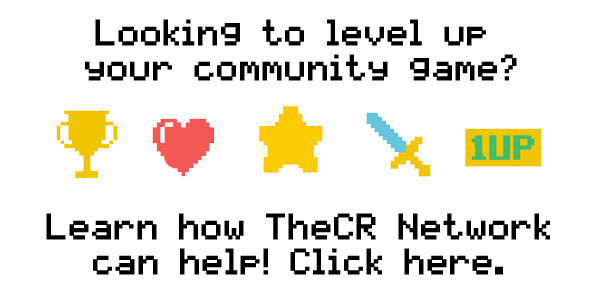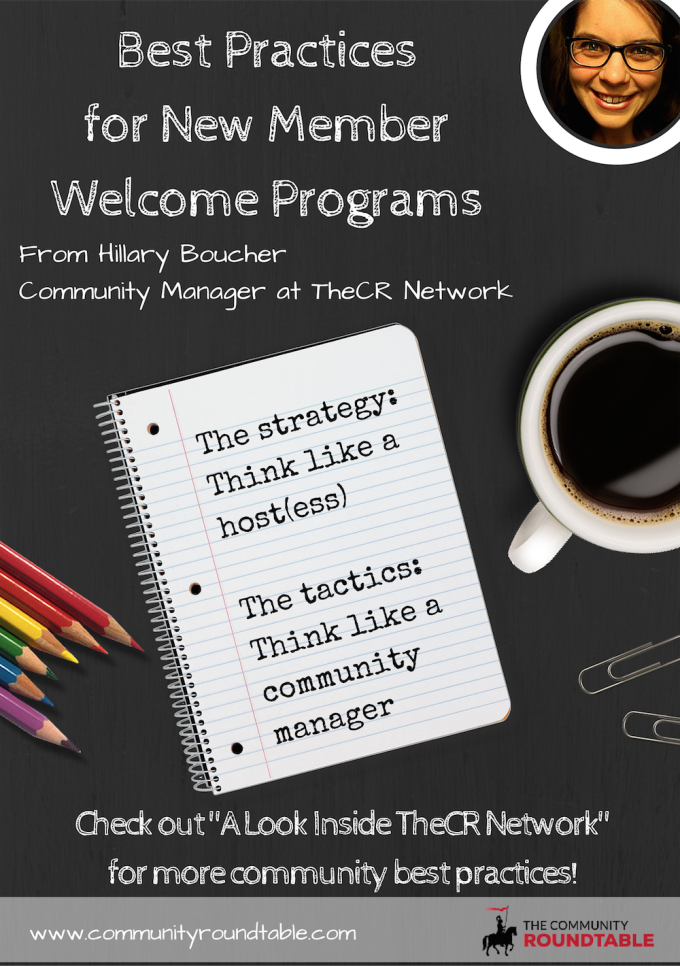Wondering how much is the right amount of community content? You might be asking the wrong question.
I was at a client meeting recently, where a lot of the conversation revolved around content, and one executive’s general conclusion was this: “More content is better, and more content with targeting is better still.” I left with an image of a content shotgun, with each pellet targeting a specific person in the group. Keep on blasting and they’ll all get what they need, eventually.
The latest research from the State of Community Management 2017 confirms that’s about as wrong an approach as you can get.
First of all, it ignores member programs, which we know from our research is a critical counterpart to traditional content approaches. And second, the idea that we need to simply turn up the firehose finds neither qualitative nor quantitative support. In fact, the best communities do about the same frequency of content and programs as the average in our SOCM survey.
What’s the difference?
They provide their content and programs strategically. They shape their content and programs with the community and organizational strategies in mind, to make sure that the community and organization are working in sync as much as possible.

Best-in-class communities were about twice as likely as the overall sample to align and integrate content and program strategies with the overall strategy. That doesn’t just help with “messaging”, either. By keeping major organizational themes in mind as you develop content and programs, you are, in effect, putting the entire organization’s communications effort at your disposal. You’re also making it that much easier for people just coming into the community or potentially leading community programming to connect with the discussions inside the community. And you may be able to leverage other resources in the organization for your community efforts, or use the organizational priorities, things like organization-wide HR efforts, to get new members to visit the community.
The finding doesn’t suggest that you should forget about reacting to community needs and desires. In fact, aligning strategies helps you understand better where and how to fit community-generated or community-specific content and ideas into your overall content and program strategy.
As we have said in many other places, starting and staying strategic with your community can make a major difference in how much you are able to accomplish, and the kinds of resources you can tap into in order to move the community forward.
 Recently one of my partners / a fellow community manager asked me to share some of my best practices for seeding content in a new community. She was searching for some very tactical information and I found myself getting creative when thinking up possible examples for her! Because I know we all love hands-on ideas, I want to outline the best practices I brainstormed:
Recently one of my partners / a fellow community manager asked me to share some of my best practices for seeding content in a new community. She was searching for some very tactical information and I found myself getting creative when thinking up possible examples for her! Because I know we all love hands-on ideas, I want to outline the best practices I brainstormed:

